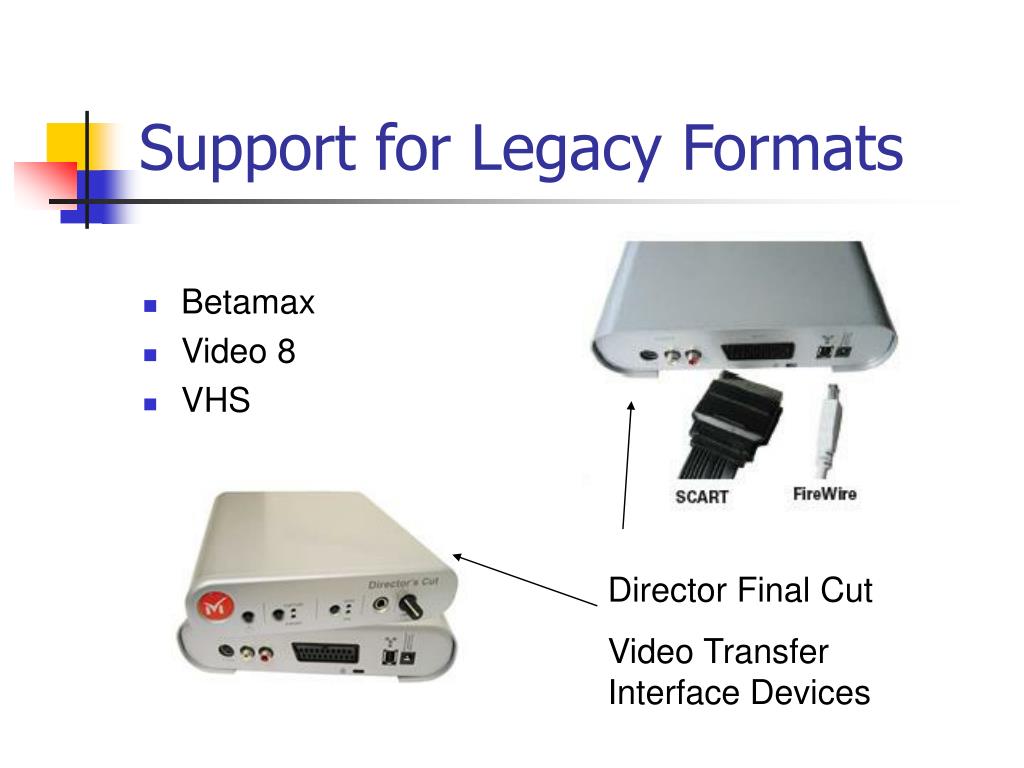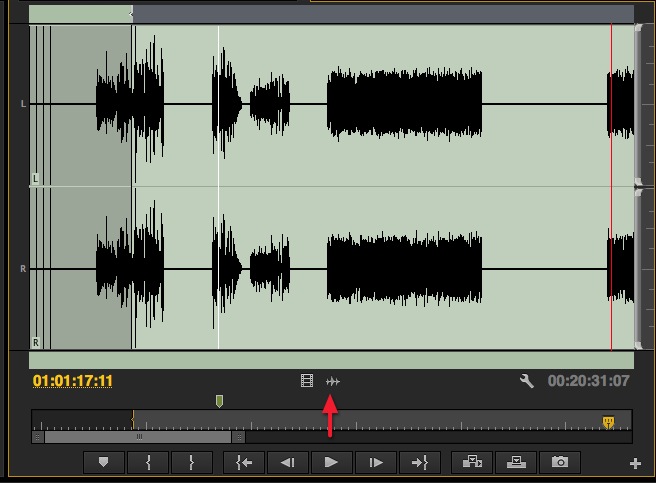

- PREMIERE FLICKERY PLAYBACK DRIVERS
- PREMIERE FLICKERY PLAYBACK UPDATE
- PREMIERE FLICKERY PLAYBACK DRIVER
- PREMIERE FLICKERY PLAYBACK PC

When I open the older 2017 project in my current 2018 project, then my newer footage even starts strobing and flickering. It's relatively subtle but there's these flickering lines during Press J to jump to the feed. When I pull up the project from the reel I edited last year, it will playback OK for a few minute, but then the footage starts flickering to black, like a strobe effect, after a couple minutes of it working fine.

PREMIERE FLICKERY PLAYBACK DRIVER
When an official Studio Driver from that driver branch gets released, Premiere Pro users will have a choice between both APIs and software only in the renderer settings the CUDA setting will remain the default renderer selection although the user may now choose OpenCL on a system that has a newer Nvidia GeForce 9 series or later or a Quadro/RTX M series or later GPU if (s)he is using certain GPU-accelerated effects that only support OpenCL.I am editing a demo reel right now, with footage I shot in 2018 and stuff I shot in 2017 and prior.

A Studio Driver in that branch is being worked on at this present time. The High-Quality Playback setting should display the highest quality visuals possible, but this can often cause a bit of lag. Not only does Premiere Pro have Lower Playback Resolution options, but it also has a High-Quality Playback option hidden away in the wrench icon settings.
PREMIERE FLICKERY PLAYBACK DRIVERS
So far, only two Game Ready drivers are currently available from the 465 driver branch. From the player window, select the Playback Resolution drop menu and change to, , or resolution.
PREMIERE FLICKERY PLAYBACK PC
The most recent Studio Driver version, however, as of May 4, is version 462.31, which is still restricted to OpenCL 1.2, therefore disabling OpenCL as a choice for the MPE renderer in the Windows versions of Premiere Pro if the only GPU installed in a given PC is from Nvidia. Prior to the 465 driver branch, OpenCL had been artificially restricted to version 1.2. If you’re not sure what each one does you can hover over any button in the Button Editor window and get a tool tip telling you what the button is and its. Nvidia has added official support for OpenCL 3.0 for Maxwell and newer GPU architectures, beginning with Driver Branch 465. To access the extra Premiere Pro buttons open the Editor by clicking on the bottom right of the monitor panel: Choose which buttons you’d like to include in the visible playback controls.
PREMIERE FLICKERY PLAYBACK UPDATE
Now, if the OP has a compatible Intel CPU-based PC, and has both a discrete Nvidia GPU and a fully-enabled (in the BIOS/EFI setup) integrated graphics, then both CUDA and OpenCL are available however, if OpenCL is selected, then only the integrated Intel iGPU is utilized at all for GPU acceleration.Īs an update to my post from almost one year ago: Which means that the OP will not be able to use a plugin that absolutely requires OpenCL to function. Therefore, on all Windows systems that have only a discrete Nvidia GPU installed, only CUDA or software only are available. The real reason, however, is that all available Nvidia Windows drivers up to and including the current Game Ready and Studio Drivers 445.87 and 442.92, respectively, are artificially restricted to OpenCL 1.2 support - below the OpenCL 2.0 support that's required for that mode to even be enabled at all in Premiere Pro's Mercury Playback Engine (MPE). I had incorrectly assumed that the historically poor OpenCL performance of the GeForce GPUs was responsible. Also, keep in mind that Adobe has effectively disabled OpenCL mode in all Windows systems with only a discrete Nvidia GPU installed.


 0 kommentar(er)
0 kommentar(er)
